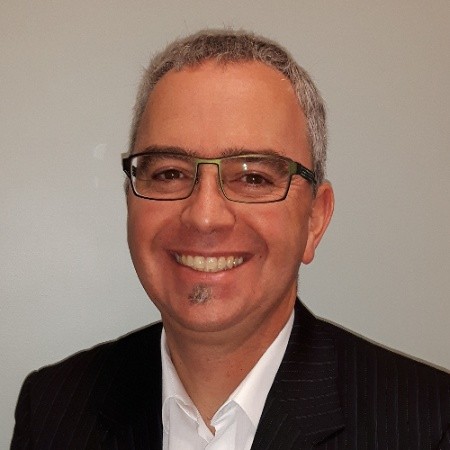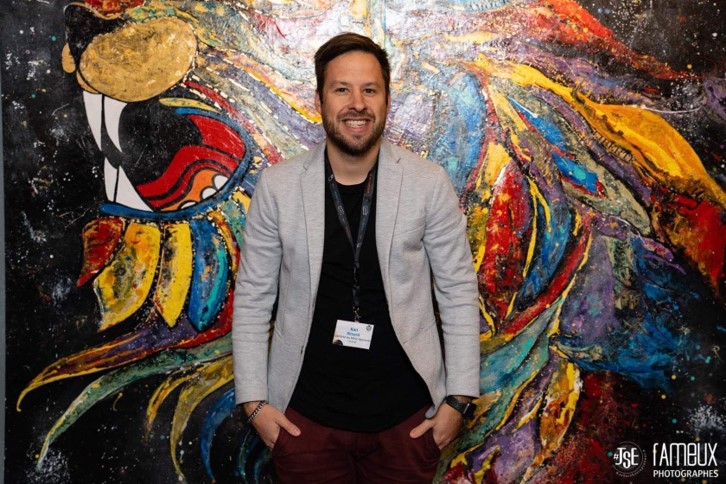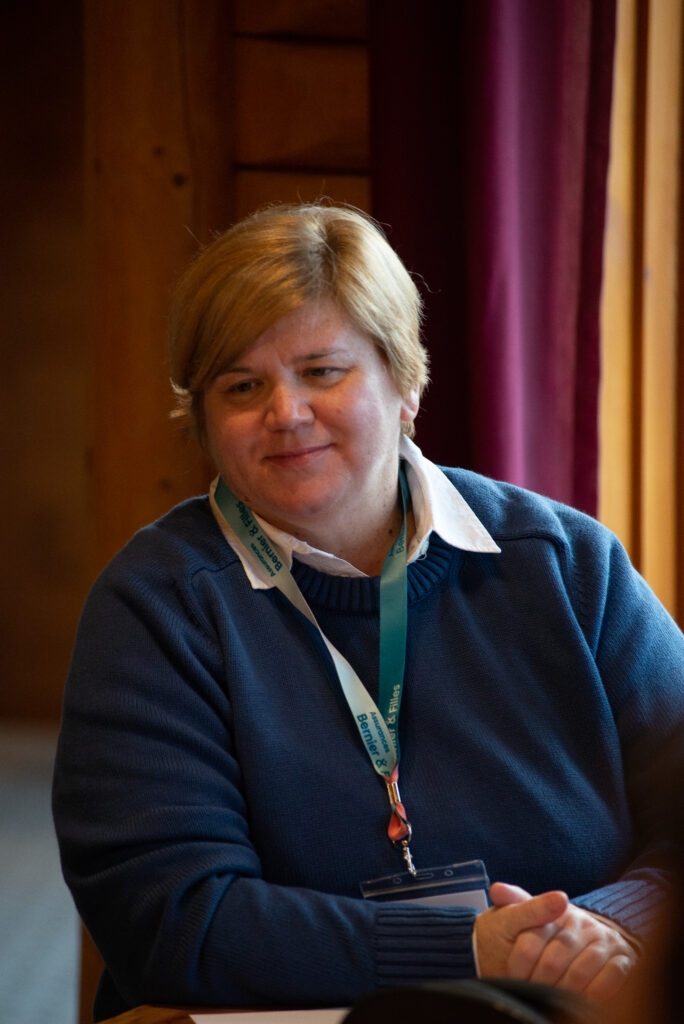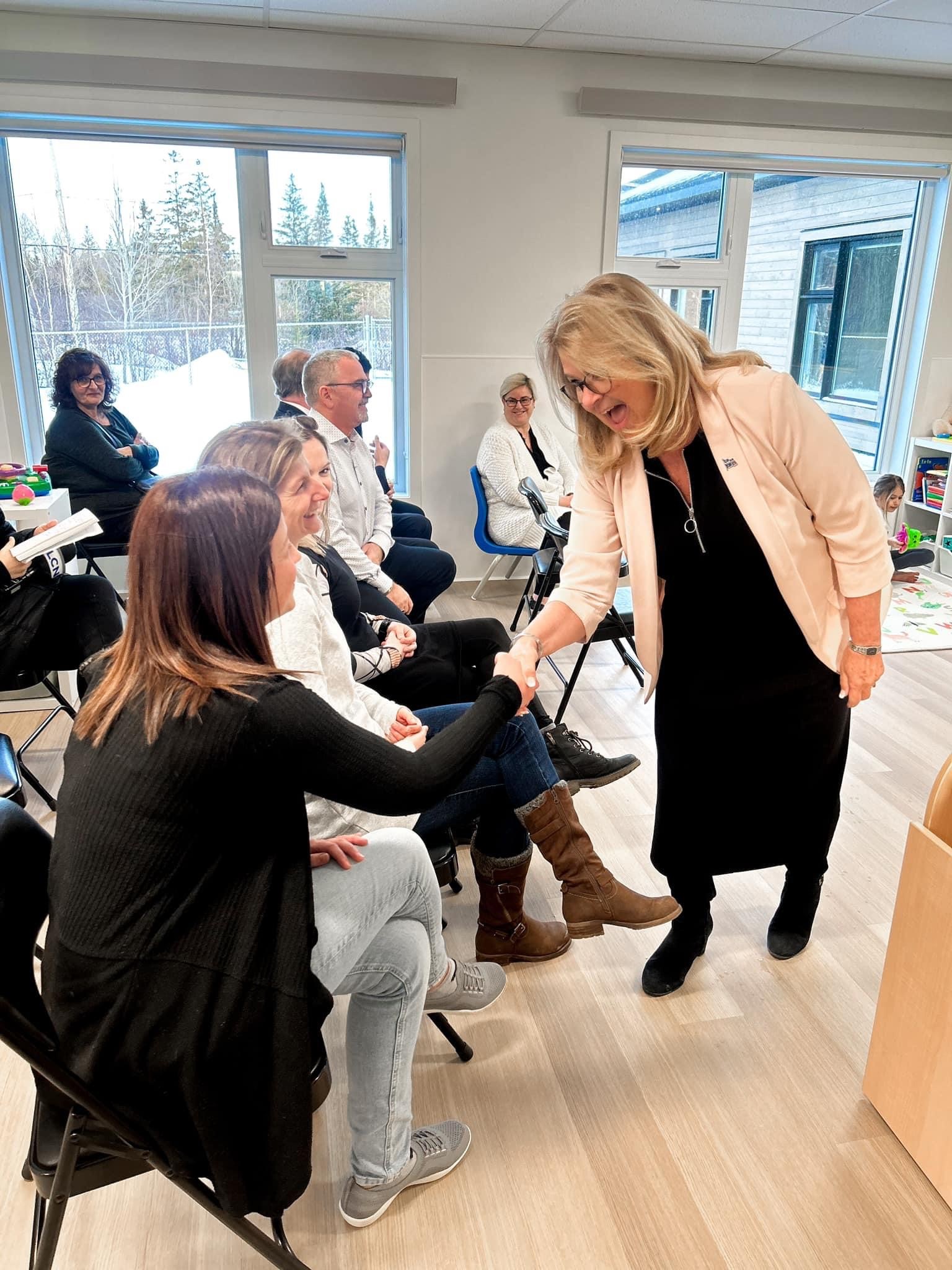About Us
Home / About Us
Leading in Advocacy for Private Daycares’ Rights
Goals and Mandates of the RGPQ
The Rassemblement des garderies privées du Québec (RGPQ) was established in 2007. Pursuant to Article 1.4 of its incorporating act, the Corporation’s goals and mandates are to:
- Promote, encourage, develop, and improve the quality of educational childcare services for children and families in Quebec.
- Protect, represent, and defend the rights of all its members and ensure an active presence at both regional and provincial levels.
- Inform members of all developments and of any new actions undertaken by the Corporation.
- Recognize and foster professional development and continuing education for childcare personnel.
- Oversee the improvement of working conditions for all staff in childcare services.
In accordance with these statements, the Rassemblement des garderies privées du Québec intends to promote, in its public relations, in its corporate and governmental relations, and among the Quebec population, the values, mission, and vision outlined below.

Mission
The mission of the Rassemblement des garderies privées du Québec is to defend the rights of its members and to support their commitment to providing high-quality services for children throughout Quebec.

Values
The philosophy and core purpose of the Rassemblement des garderies privées du Québec are rooted in respect for entrepreneurial freedom, the necessity of solidarity and community involvement, the importance of work–family balance, and equality between men and women.

Vision
The Rassemblement des garderies privées du Québec is a key player that demonstrates leadership to ensure equity and quality across the entire childcare network, in all its forms. It aims to have a positive influence on public policy to guarantee the sustainability and growth of private daycares, thereby ensuring universal access to high-quality services for all children in Quebec.
Main Issues Facing Subsidized and Non-Subsidized Private Daycaresr
- Funding Inequity
A CPE (Centre de la petite enfance) with 80 spots, renting its facilities, receives CAD 322,000 more per year than a subsidized private daycare to provide the same service. Some daycares are not subsidized at all and face unbeatable competition from the government, with no protective measures in place. This directly affects service quality at every level. - Workforce Shortage, Especially Qualified Educators
This is a real issue regarding child safety, service quality, and increased workloads for remaining staff. Several factors contribute to this shortage, including:- Low salaries for graduates with an Early Childhood Education diploma (three years of study), at CAD 21.60/hour (as of March 2024). This is less than the starting wage of school daycare technicians, who begin at CAD 26.38/hour with fewer responsibilities. It is also lower than a warehouse clerk at the SAQ (CAD 25.77/hour) requiring only a high school diploma.
- Tighter international recruitment policies limit the hiring of qualified educators for daycares and CPEs to 10% of staff, without any exemption for early childhood—unlike schools, healthcare, construction, and food sectors, which do not have such limitations. The pool of qualified educators does not expand quickly enough to meet demand, even with shorter training programs in place. The cohorts for the DEC (Diplôme d’études collégiales) in Early Childhood Education have very few enrollments. Ultimately, recruiting foreign-qualified educators—for example, from France, Switzerland, or Belgium—remains the only solution to the current shortfall and the expected shortage over the next three years.
- Government promotion of short-term training instead of the full DEC in Early Childhood Education (the recognized diploma for qualification) decreases the number of motivated, fully qualified educators. Short programs can be beneficial for employability if only a small percentage of people pursue them, but most students are currently enrolled in such short programs. By neglecting the full DEC, this approach discourages those taking the complete training, lowering overall quality in the network and ultimately resulting in the disengagement of qualified staff who hold the sought-after DEC.
- Municipal Tax Exemption for CPEs but Not for Private Daycares
Why is there still a difference in tax treatment between private daycares and CPEs? Granting all subsidized childcare services a tax exemption affirms that it is the service provided to the public that matters, not the legal status of the organization. Such an exemption allows a daycare with 80 children to hire at least one additional educator, thus reducing educators’ workload and/or providing them time to prepare activities and manage children’s educational files. This directly affects service quality at every level. - Inability to Recoup GST and QST for Private Daycares, Contrary to CPEs
CPEs can recover 50% of the GST/QST they pay on purchases, while private daycares cannot. The law on GST/QST should be changed so that daycare services are considered zero-rated rather than exempt. This would allow both daycares and CPEs to recover 100% of the QST paid (CPEs currently recover only 50%). This represents approximately CAD 117 in QST (and about CAD 58 in GST) per child, per year—roughly CAD 14,000 per year for an 80-spot daycare, and an extra CAD 7,000 for a CPE, or about CAD 6.6 million in total for subsidized daycares per year. This directly affects service quality at all levels. - Providing Two Professional Development Days for Mandatory Ongoing Training
This would have no cost for the Ministry because those days are already paid. Daycares simply need permission to close so they can offer continuing education, which is vital given the increased number of non-qualified or briefly trained educators. This directly impacts service quality because employers must find a way to provide at least some training to unqualified staff. Qualified educators would also benefit by updating or deepening their knowledge. For comparison, there are approximately 20 pedagogical days in primary schools. - Providing Two Additional Pedagogical Days to Complete Children’s Educational Files
Educators must prepare these files twice a year and spend between 8 and 12 hours each time to complete them. Often, educators do this work outside the workplace, at home, leading to overtime costs for employers and reducing educators’ quality of life—many have young children themselves and limited availability on evenings and weekends. - Publishing Quality Evaluation Results Without Disclosing Funding Gaps
The large funding gap is never mentioned to readers of these quality evaluation reports, causing a false perception that the legal status of a provider is the reason for any differences in quality assessments. In fact, the funding gap is the primary factor. Greater funding enables CPEs to hire more staff, which helps lighten workloads and provides time for essential tasks (planning, preparing activities, etc.), attracting qualified educators. This disadvantage for private daycares in quality evaluations is amplified by the shortage of qualified educators, even for daycares offering similar pay scales. The funding gap should be presented any time comparisons are made between the different types of childcare services. - Educator Training Overhaul in 2023 with CLASS System Integration
Those already working may be unaware of the CLASS system, potentially causing them to “fail” quality evaluations out of ignorance. To improve evaluation outcomes, a comprehensive upgrade program including four half-day CLASS training sessions is needed, requiring both qualified and unqualified educators—along with directors—to earn certification in this training. - Annual Subsidy Increases Frozen When Collective Agreements Expire
When collective agreements end, the government freezes the annual increase in the “direct fees” subsidy. It can take two years to finalize a three-year agreement, after which retroactive pay is allocated only for educators’ salaries. The rest of the direct fee envelope—covering educator salaries, educational materials, professional fees for children with special needs, and training—remains frozen, and incremental pay increases (about 3% of total payroll) are not covered during those two years. This practice results in systematic financial losses for childcare services two out of every three years. In times of inflation, this leads to a significant net decrease in funding. - Collective Agreements Are Too Short
Collective agreements should be signed for six years, with protection against inflation. Employees would feel more secure, parents would be protected against potential strikes (for six years), and negotiation costs would be cut in half. Negotiating once every six years rather than every three years would free resources for other priorities beyond labor disputes. Inflation protection is also necessary; the recent surge in inflation led to many educators leaving the sector because, although wages were frozen, workers’ mobility was not.
Our Team
Board Members

Samuel Provost – Secrétaire
Garderie les ptits Bonhommes - Montréal

Marie-Christine Guay – Vice-Présidente
Garderie les gamins - Québec

Mario Ranallo – Président
Garderie de chenille à papillon - Montréal

Karl Simard – Administrateur
Garderie les minis-apprentis - Granby

Silvana Berrafato – Administratrice
Garderie la Grenouille Bleue - Blainville

Philippe Célestin – Trésorier
Centre éducatif sous les arbres - Lévis
Our Team
Committee Member
Audrée Martineau – Comité Mesure exceptionnelle (MFA)
Garderie Éducative Perlimpinpin 2 - Stoneham
Stéphanie Chabot – Comité congrès
Garderie Le Chabote St-Lazare Inc



